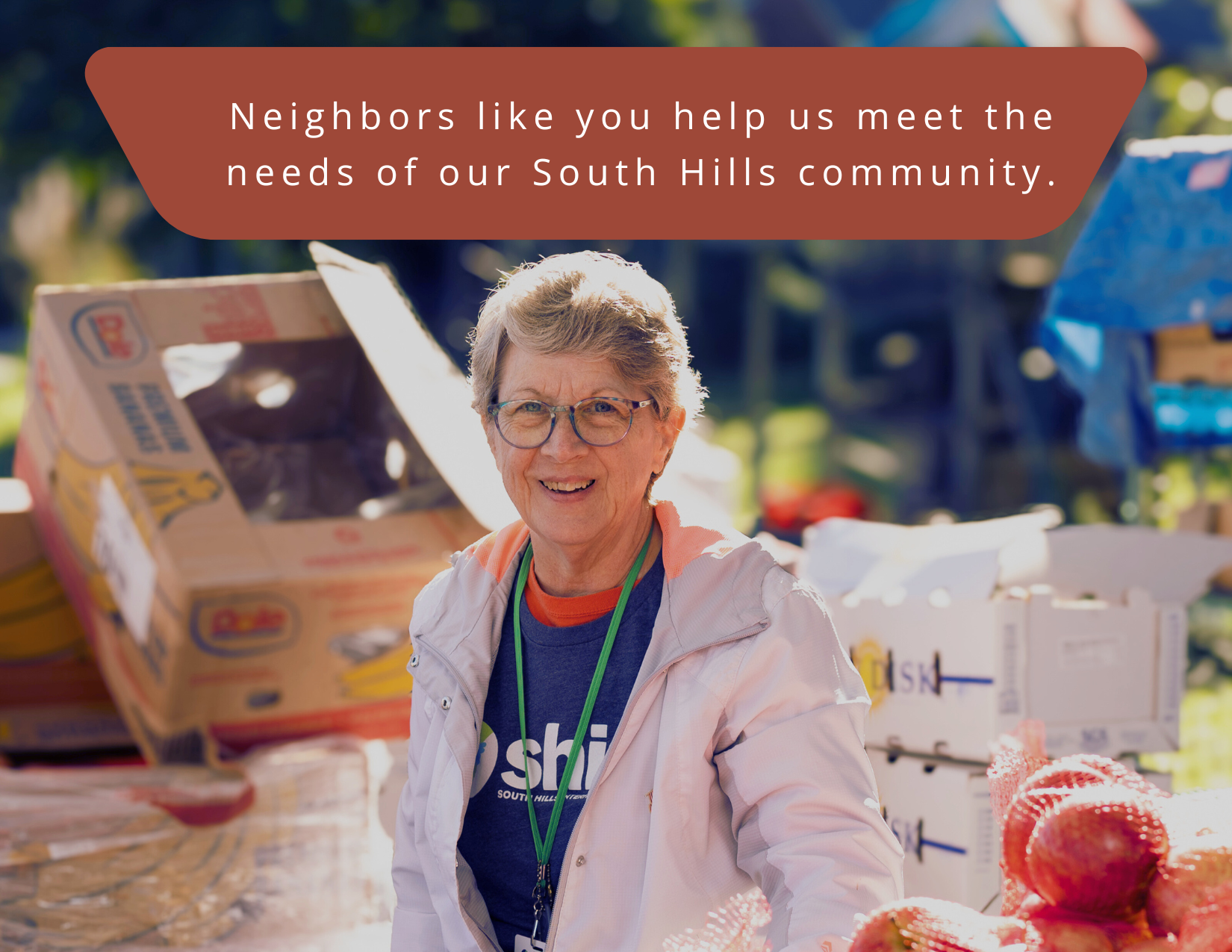
What SHIM Is Doing to Prepare
- Strengthening food access through expanded pantry hours and temperature-controlled pickup lockers.
- Helping families navigate complex eligibility rules and connect to other supports.
- Coordinating with partners to ensure consistent, accurate information.
- Mobilizing community support to soften the blow of reduced federal aid.
How You Can Help
→ Donate to help SHIM keep shelves stocked.
→ Host a food drive to support neighbors facing reduced benefits.
→ Volunteer to help distribute food and assist families in crisis.
Even as the shutdown ends, many families still face a future of empty tables. Together, we can make sure no South Hills neighbor faces these challenges alone.
The federal government shutdown may be ending, but the long-term threat to SNAP benefits for many families is just beginning. New federal eligibility rules set to take effect in early 2026 will make it harder for thousands of Pennsylvanians to qualify for or keep SNAP (food stamp) benefits. These changes will impact working families, immigrants, older adults, and others already struggling to afford groceries.
Statewide, as many as 144,000 people could lose access to SNAP. Here in Allegheny County, about 13,500 residents — including many families SHIM serves — may see their food support reduced or eliminated.
These are not temporary disruptions. They represent a long-term shift that will reshape how families put food on the table.
Who Will Feel These Changes Most
Working Families: New work-reporting requirements mean even employed parents can lose benefits if hours change or paperwork is delayed.
Immigrant and Refugee Households: Many humanitarian immigrants will lose SNAP eligibility until they obtain permanent status — even though these the families contribute to the local workforce.
Older Adults (50–64): Stricter time limits will hit people caring for grandchildren or managing health conditions.
The Local Economy: Every SNAP dollar supports local farms, grocers, and small businesses. Fewer benefits mean fewer dollars in our communities.

